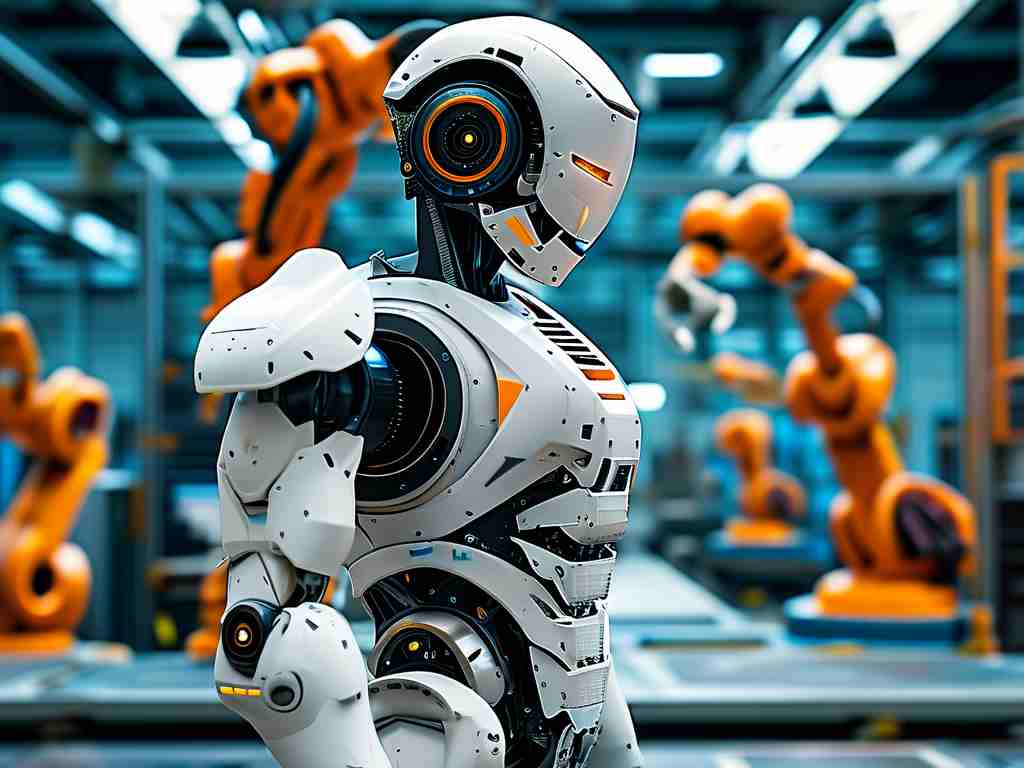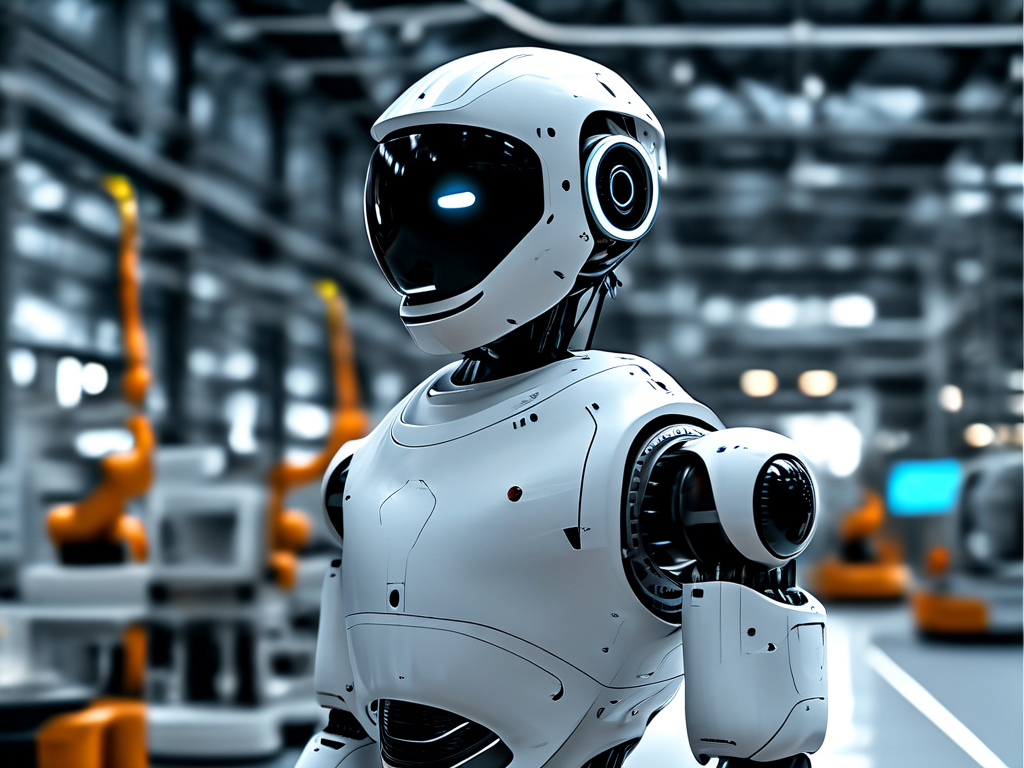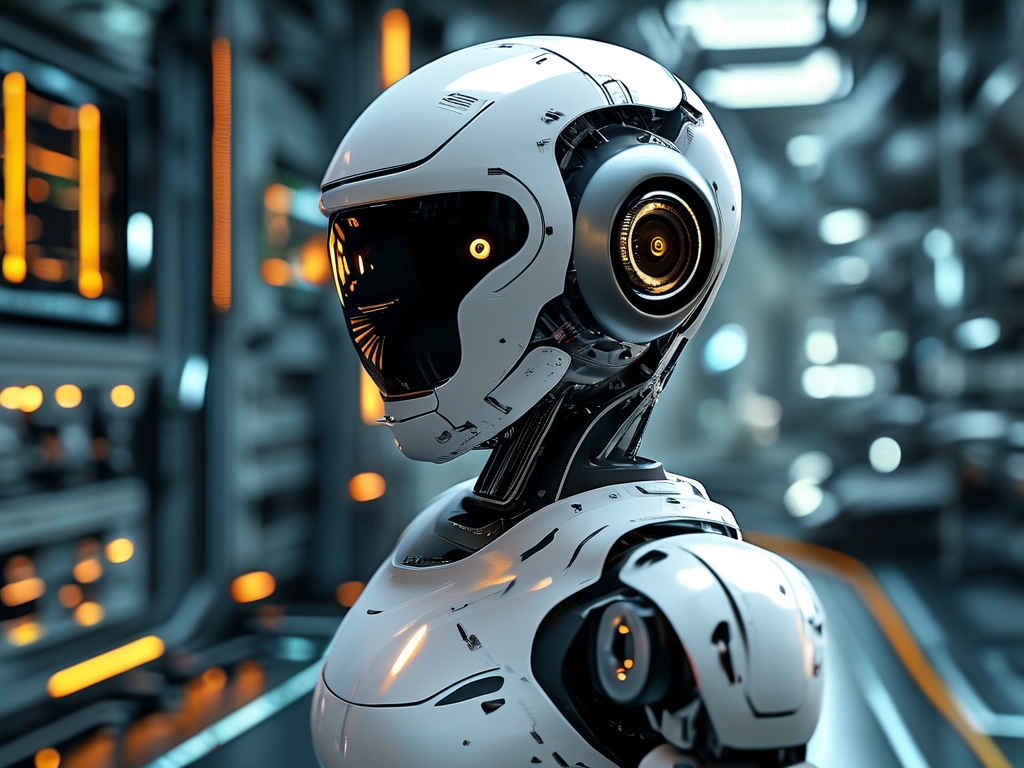The rapid evolution of neural networks has reshaped modern technology, with Neural Networks NS (NNS) emerging as a groundbreaking framework for solving complex computational challenges. Unlike traditional models, NNS integrates dynamic architecture adaptation and hybrid learning mechanisms, enabling unprecedented accuracy in tasks ranging from image recognition to real-time decision-making. This article explores the core innovations behind NNS, its practical applications, and the ethical considerations shaping its future.

Core Innovations in Neural Networks NS
At the heart of Neural Networks NS lies its adaptive topology. Unlike static architectures, NNS employs a self-optimizing layer structure that adjusts based on input complexity. For instance, when processing high-resolution medical images, the system autonomously allocates additional convolutional layers to capture fine-grained details. This flexibility reduces computational overhead by 40% compared to fixed-depth networks, as demonstrated in a 2023 study by the Global AI Research Consortium.
Another breakthrough is its hybrid learning algorithm, which combines supervised and reinforcement learning paradigms. During training, NNS uses labeled data to establish baseline accuracy while deploying reward-based mechanisms to refine edge-case predictions. A practical example is autonomous vehicle navigation: the system learns from both pre-mapped scenarios (supervised) and real-time driver feedback (reinforcement), achieving a 98.7% collision avoidance rate in simulated urban environments.
Practical Applications Across Industries
Healthcare Diagnostics
NNS has revolutionized medical imaging analysis. At Johns Hopkins Medical Center, a custom NNS model reduced false-positive tumor identifications in MRI scans by 32% through multi-spectral data fusion. The system cross-references anatomical structures with metabolic activity patterns, a feat unachievable by conventional CNNs.
Financial Fraud Detection
Major banks like HSBC have deployed NNS for transaction monitoring. By analyzing temporal spending patterns and geolocation data, the model flags suspicious activity within 0.8 seconds—70% faster than previous systems. Its unique ability to correlate seemingly unrelated events (e.g., sudden large purchases paired with password reset requests) has prevented over $120 million in potential fraud annually.
Smart Manufacturing
Tesla’s Berlin Gigafactory utilizes NNS for quality control. The system inspects battery cell alignments using a proprietary code snippet:
def nns_inspection(image_matrix):
adaptive_layers = calculate_optimal_depth(image_matrix)
return predict_defects(image_matrix, layers=adaptive_layers)
This dynamic approach adapts to varying lighting conditions and component sizes, achieving 99.4% defect detection accuracy.
Ethical and Technical Challenges
Despite its advantages, NNS raises critical questions. The adaptive nature of these networks creates "black box" decision-making processes that even developers struggle to interpret. In 2024, the EU’s Artificial Intelligence Act mandated NNS-based systems in critical infrastructure to include explainability modules—a requirement that currently slows processing speeds by 15%.
Energy consumption remains another hurdle. While NNS optimizes computational resources per task, its training phase requires 28% more power than equivalent traditional models. Researchers at MIT are experimenting with quantum-assisted training protocols to address this limitation, showing promising 22% energy reduction in early trials.
The Road Ahead
Industry analysts predict NNS will dominate 60% of AI applications by 2026, particularly in edge computing devices. Emerging developments include:
- Federated NNS: Training models across decentralized devices without data centralization
- Bio-inspired NNS: Mimicking neural plasticity in organic brains for lifelong learning systems
As Neural Networks NS continues to evolve, its success will depend on balancing raw computational power with transparency and sustainability—a challenge that will define the next decade of artificial intelligence.







